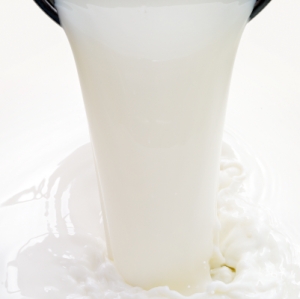MILK PACKAGING company Tetra Pak says demand for liquid dairy products is set to grow by 2.5% in the next three years.
Consumption is forecast to increase from about 287 billion litres this year to about 309 billion litres in 2016.
Tetra Pak Group president and managing director Dennis Jonsson told the World Dairy Summit in Yokohama that economic growth, urbanisation and rising disposable incomes in developing countries are driving demand for liquid dairy.
"More and more families in Asia, Latin America and Africa want milk in their daily diets," he says.
Growth will be driven by fast developing countries like China, India, Indonesia and Brazil. In many of the poorest, developing countries milk is consumed as the essential nutritional element of people's diets, notes Jonnson.
"In mature markets milk has long been part of people's daily diets. So growth is slowing or flat while it is growing rapidly in the developing markets.
"And, to a large extent, it is ambient dairy products that will drive growth as consumers of "loose" milk – in countries like India and Pakistan – convert to packed milk.
"That switch is due to growing awareness about the health benefits, safety and convenience of packaged milk."
By 2014 packed milk is set to outsell "loose" milk for the first time in developing countries.
Jonnson says demand for health-oriented and"on-the-go" products is on the rise. So is demand for products and packaging suited to the specific needs of ageing populations.
A growing demand for healthy products such as energy drinks and probiotic drinking yogurt is forecast to grow at a compound annual growth rate of 8.5% from 2013 to 2016.
To take advantage of this trend companies like Fonterra offer a range of products specially formulated to help adults maintain optimal bone strength, he adds.
While Mexico-based Alpura has a fortified milk to maintain heart heath and avoid premature ageing.
"To meet these changing consumer needs packaging companies must continuously innovate. At Tetra Pak we've launched packages sized for one-shot health and energy drinks, packages with increased functionality for older consumers and packages designed for on-the-go consumption – to name a few."


















